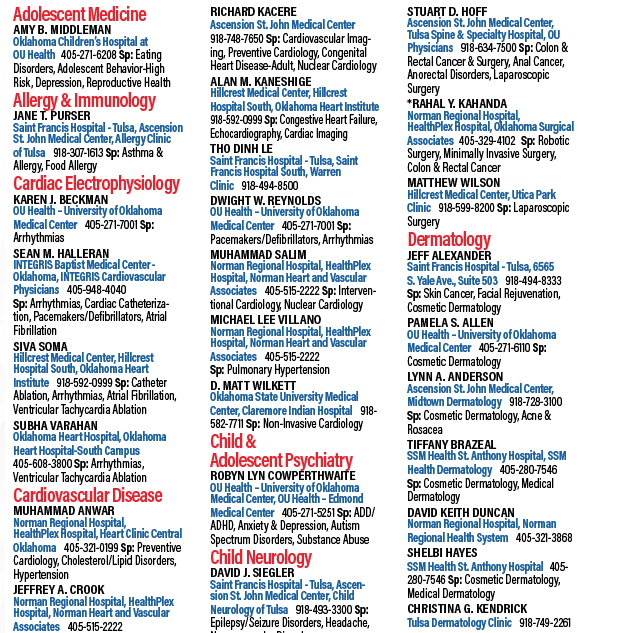
Castle Connolly Top Doctors is a healthcare research company and the official source for Top Doctors for over 25 years. Castle Connolly’s established nomination survey, research, screening and selection process involves many hundreds of thousands of physicians as well as academic medical centers, specialty hospitals and regional and community hospitals all across the nation.
The online nominations process – located at nominations.castleconnolly.com – is open to all licensed physicians in America who are able to nominate physicians in any medical specialty and in any part of the country.
Once nominated, Castle Connolly’s physician-led team of researchers follow a rigorous screening process to select Top Doctors who meet the Castle Connolly standards. The research team also identifies Castle Connolly Rising Stars, who are peer-nominated doctors who meet most of our Top Doctor criteria, but are earlier in their career.
Careful screening of doctors’ educational and professional experience is essential before final selection is made among those physicians most highly regarded by their peers. The result – we identify the top doctors in America and provide you, the consumer, with detailed information about their education, training and special expertise in our online directories and national and regional magazine “Top Doctors” features.
Doctors do not and cannot pay to be selected and profiled as Castle Connolly Top Doctors or Rising Stars.
Physicians selected for inclusion in this magazine’s “Top Doctors” feature also appear online at castleconnolly.com, or in conjunction
with other Castle Connolly Top Doctors databases online on other sites and/or in print.
Castle Connolly was acquired by Everyday Health Group (EHG), one of the world’s most prominent digital healthcare companies, in late 2018. EHG, a recognized leader in patient and provider education and services, attracts an engaged audience of over 60 million health consumers and over 890,000 U.S. practicing physicians and clinicians. EHG’s mission is to drive better clinical and health outcomes through decision-making informed by highly relevant information, data, and analytics. EHG empowers healthcare providers, consumers and payers with trusted content and services delivered through Everyday Health Group’s world-class brands including Everyday Health®, What to Expect®, MedPage Today®, Health eCareers®, PRIME® Education and our exclusive partnership with MayoClinic.org.® Everyday Health Group is a division of Ziff Davis (NASDAQ: ZD), and is headquartered in New York City.
Doctor profiles by Tracy LeGrand
Health boxes by Rebecca Fast
13. William Tierney, MD
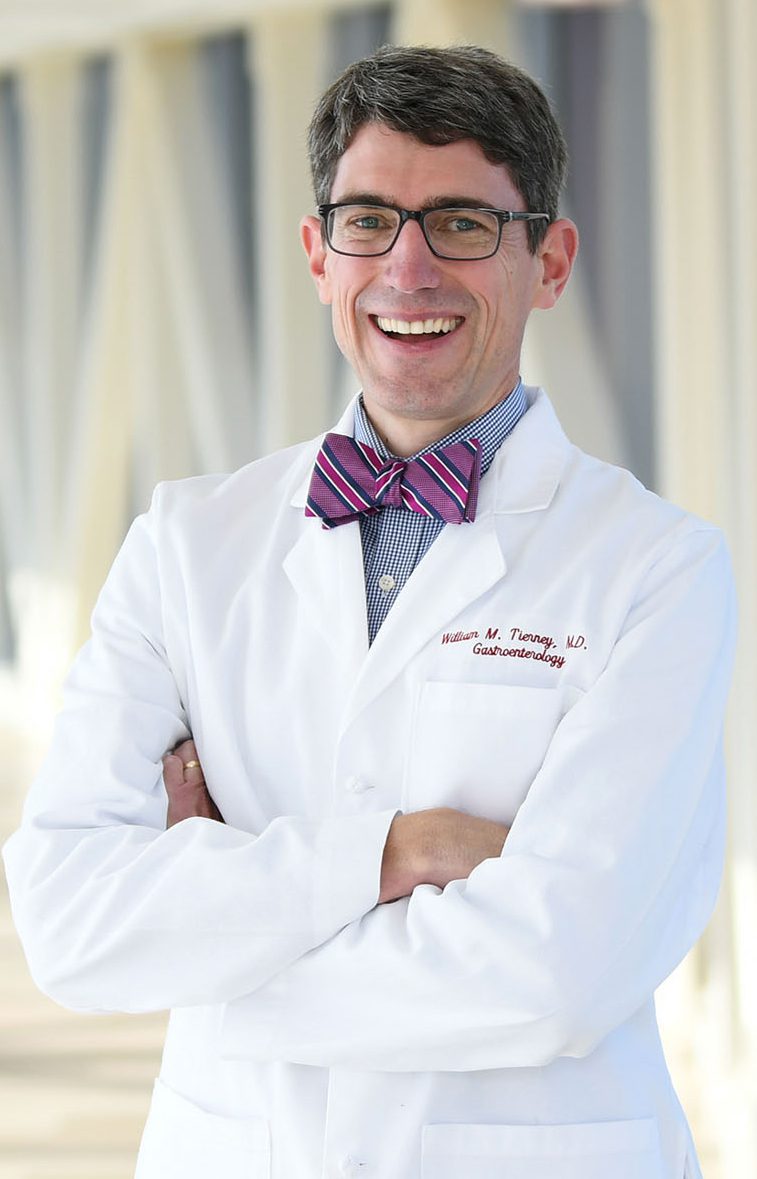
Gastroenterology
University of Oklahoma Medical Center, VA Medical Center
OKC
William Tierney, MD, boasts an education that includes matriculation at Yale University School of Medicine – where he met his Oklahoma-native wife – as well as an internal medicine residency at the University of Pennsylvania. He then embarked on a gastroenterology fellowship at the University of Michigan, where he trained in the (then-new) field of endoscopic ultrasound. After, he brought that expertise to the University of Oklahoma College of Medicine.
Endoscopic ultrasound is a procedure used to “diagnose and stage a number of gastrointestinal malignancies, and my focus was on pancreatic cancer,” says Tierney. “I moved to Oklahoma with the goal of bringing state-of-the-art digestive disease care to the state, helping contribute to the multidisciplinary care present at our state’s premiere academic medical center, and training Oklahoma’s future physicians. Over the years, my role has expanded to recruit talented colleagues who have helped advance novel digestive disease therapies and bring them to our state.”
Both the present and the future of gastroenterology include high-tech advances.
“Artificial intelligence is already playing a role,” says Tierney. “These FDA-approved devices help endoscopists find and identify colon polyps. Many other AI devices and diagnostic tests will be coming on the market in the next few years. In addition, new endoscopic technologies are available that allow physicians to perform upper or lower gastrointestinal procedures, which accomplish the same outcome as a surgical procedure. These endoscopic procedures are associated with lower risks and a much faster recovery compared to surgical procedures.”
12. JaNae Clapp, MD
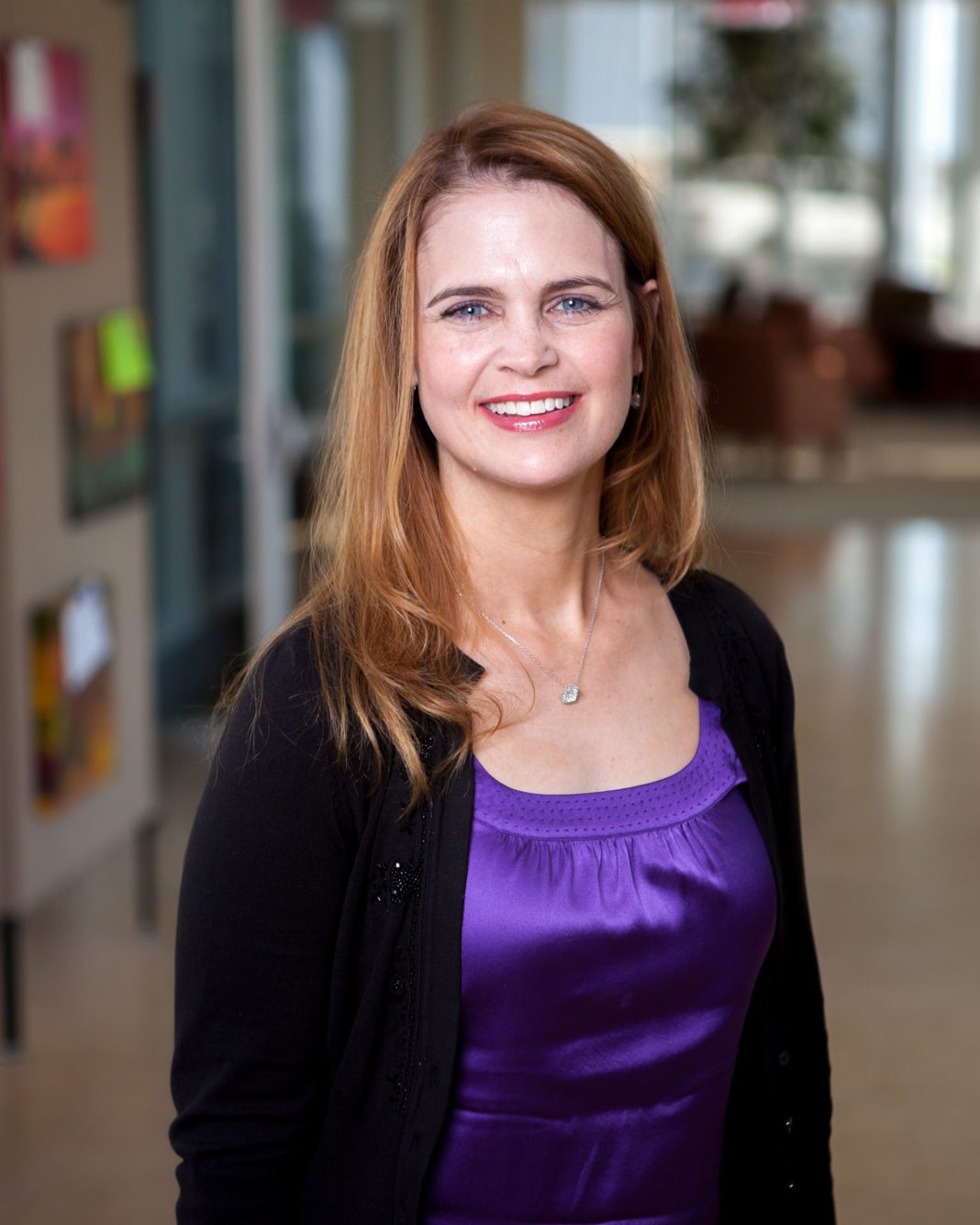
Medical Oncology
INTEGRIS Baptist Medical Center, INTEGRIS Cancer Institute
OKC
Oklahoma native JaNae Clapp, MD, returned home after extensive training in internal medicine and medical oncology to bring scientific advances in cancer patient care. These involve higher success rates and lower toxicity of therapy.
Having seen patients and their families fight against the disease, Clapp says that she “wants them to know that, though cancer remains a very scary word and serious illness, we are making wonderful progress in treatment to give more people a chance to be cured of their diseases. Please don’t delay seeing a specialist and following their advice. The rapidity of new options and better treatments opens doors for more people to live longer and live well.
All in all, the advances in cancer treatment are promising.
“There are many new drugs recently available, and the speed of learning new mechanisms is faster than it has ever been,” she says. “There are not only new drugs, but new uses for stem cells and CAR-T cells that are gaining ground for improving health and survival.”
Being a medical oncologist, Clapp says, has its “rewards and sadness,” but the work is worth it.
“The best times are the ones when I get to tell them we see no evidence of their tumor any longer,” she says. “These are the moments to celebrate!”
11. John M. Bell, MD
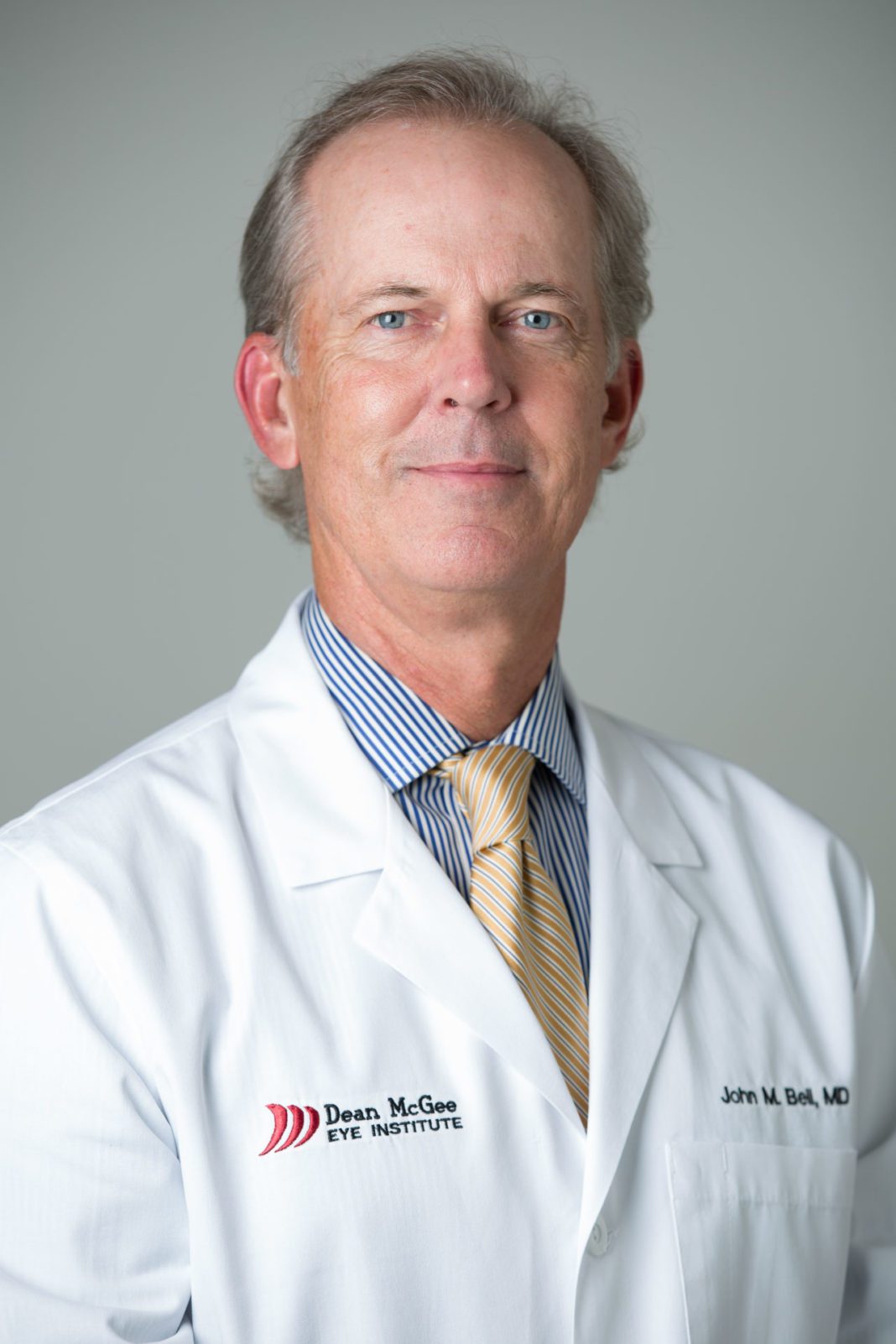
Ophthalmology
Dean McGee Eye Institute, University of Oklahoma Medical Center
OKC
Simply put, John M. Bell, MD, heals eyesight. He says he chose a career in ophthalmology because of “how rewarding it is when I am able to help a patient who may be struggling with their vision to regain that quality of life that comes with better sight.
“I always wanted to be a surgeon. The field of eye surgery also allows me to develop long-standing relationships with patients who have chronic eye diseases, some of whom I have followed for over 20 years.”
Bell graduated from the University of Oklahoma College of Medicine, completed residency training in ophthalmology at Scott and White/Texas A&M in Temple, TX, and then joined the Oklahoma City Clinic. In 2017, he came to the Dean McGee Eye Institute, where he now practices comprehensive ophthalmology with a specialization in cataract and lens implant surgery.
His patients, he says, are his motivation.
“One recent patient stands out,” he says. “She was a 22-year-old young lady with diabetes who had to be led into my exam room by her mother after rapidly losing her sight in both eyes over just a few months. She could only see light and was diagnosed with diabetic related cataracts that we immediately scheduled for surgery. Less than 24 hours after her procedure, she had regained her independence and was seeing 20/20.”
10. Lynn A. Anderson, MD
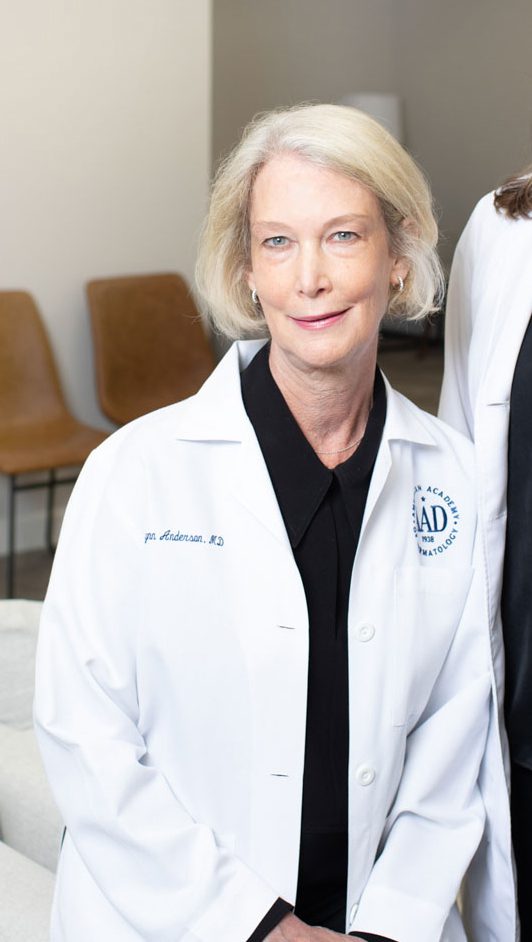
Dermatology
Midtown Dermatology, Ascension St. John Medical Center
Tulsa
Every day is different for Lynn Anderson, MD, whose practice assists patients in general skin care, skin cancer, Botox, CoolSculpting, laser hair removal and acne treatments.
Anderson is a board-certified dermatologist and a fellow of the American Academy of Dermatology. Her background includes study at the University of Missouri, Columbia, and matriculation to Tulane Medical School, where she completed an internship in internal medicine. She later chose to focus on dermatology, practicing in Missouri before moving to Tulsa. She’s a member of the American Society of Dermatologic Surgery, the Oklahoma State Medical Association and Tulsa County Medical Society as well.
Helping people heal from skin issues is rewarding, she says.
“I enjoy the visual aspect of skin disease and seeing the results of treatment. There is no typical day, really. People are different and their skin problems vary. It makes every day interesting and challenging,” she says. “I have enjoyed the many people I have met and taken care of over the years.”
As the skin is the largest organ of the body, dermatology is very diverse.
“There are many subspecialties that one can concentrate on in dermatology: pediatric dermatology, medical dermatology, surgery, lasers and cosmetics. It makes it a very desirable specialty,” she says. “The latest breakthrough is JAK inhibitors for treatment of atopic dermatitis, alopecia areata and vitiligo, which can be chronic physically and emotionally debilitating skin diseases.”
9. Scott Fengler, MD

Colon & Rectal Surgery
Saint Francis Hospital, Warren Clinic
Tulsa
Wisconsin native Scott Fengler, MD, completed medical school at the Medical College of Wisconsin before interning at the Madigan Army Medical Center. He completed his residency at the Tripler Army Medical Center and his fellowship at Cook County Hospital in Chicago. He says he and his wife considered many options before choosing Tulsa as their home.
Specializing in colon and rectal surgeries, Fengler says those in his specialty also treat colon and rectal cancer because “rectal cancer surgical care is particularly demanding of being done by a surgeon with adequate training, volume and experience.”
Fengler advises not to let embarrassment “keep you from coming to be evaluated. Some frightening and painful problems can be quickly and relatively painlessly treated. Some problems can be life-threatening if you do not seek care promptly.”
One piece of advice he offers to the masses is that “rectal bleeding is not always hemorrhoids. The vast majority of young people that we treat for colorectal cancer delay care because they assume that rectal bleeding is always from hemorrhoids.”
Put simply – get your colonoscopies done. If there’s no family history or risk factors, start at 45.
“There is always something new being tried,” he says, including more minimally invasive surgeries, both laparoscopic and robotic. Larger polyps are becoming more manageable with colonoscopy instead of major surgeries. Improved surgery, chemotherapy and radiation therapy have all lead to improved survival of colorectal cancer annually since around 1994, he says.
8. Andrew Gordon, MD
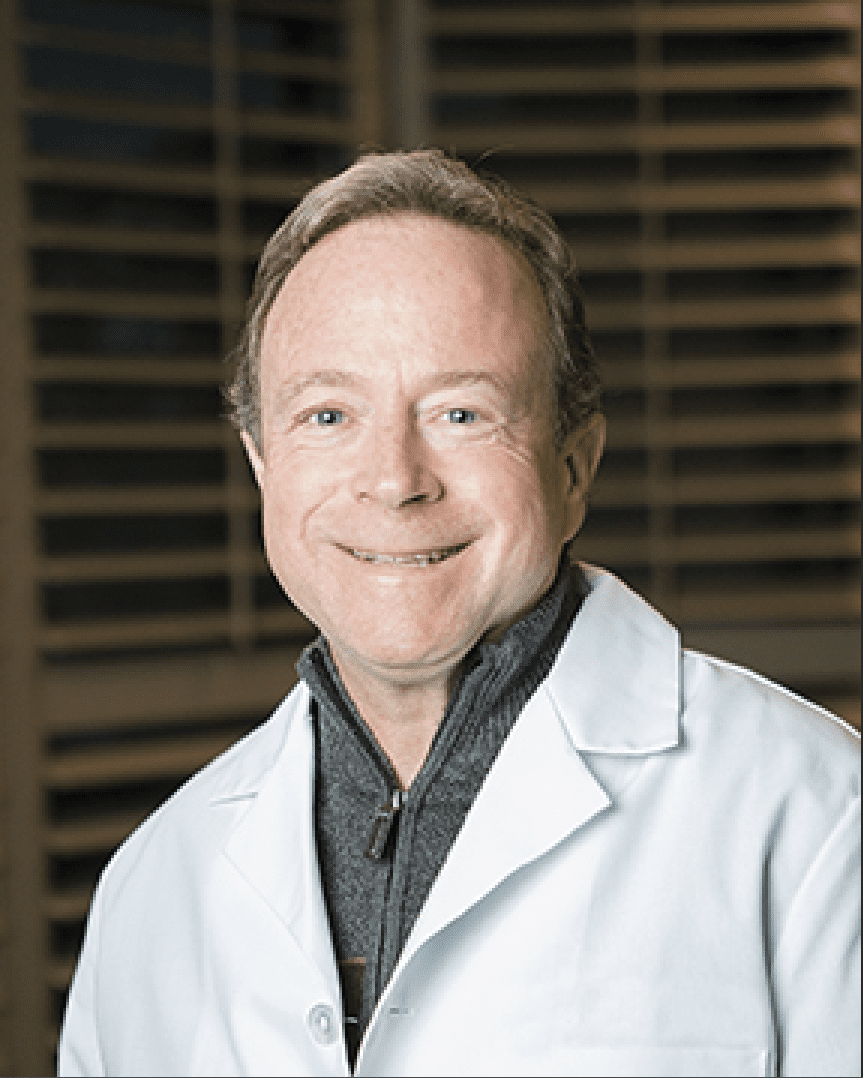
Internal Medicine
Ascension St. John Medical Center
Tulsa
Having grown up on a cattle ranch in Broken Bow, Andrew Gordon, MD, was educated at Oral Roberts University, attended the University of Oklahoma Medical School and became board-certified in both pediatrics and internal medicine. He has practiced at Ascension St. John Medical Center for the past 26 years.
“I chose general practice because I enjoy basically everything in medicine, and I enjoy people both young and old,” says Gordon. “In a typical day, I see an occasional younger person for an ear infection, as well as patients in their 20s and 30s for physical exam or illness and injury. I also take care of a lot of patients with diabetes, heart failure, emphysema or stroke.”
The payoffs of being a physician are vast, especially over time.
“Some of the most rewarding moments my career are taking care of several generation of patients,” he says. “In one family, I took care of five generations. I think it’s fun taking care of grandparents and also seeing their kids as well as the grandkids. I think people should think of my practice as taking care of young, middle-aged and older people – and all the problems that occur with people in general.”
Gordon appreciates the flow of information available these days in the field of medicine.
“The greatest breakthrough in technology has been the internet and online medical records,” he says.
7. Katherine Hays, MD

Cardiovascular Disease
Norman Regional Hospital, HealthPlex Hospital, Norman Heart and Vascular Associates
Norman
Board certified in cardiovascular disease, internal medicine, echocardiography and nuclear cardiology, Katherine Hays, MD, treats a broad spectrum of heart conditions with a special interest in women’s cardiovascular health. She also manages HealthPlex Hospital’s syncope program, which includes tilt table testing.
“Norman Regional has been the only job I’ve ever wanted,” says Hays. “I have a wonderful group of colleagues. I love Norman – I’ve been here for 20 years.”
Her day-to-day varies, she says.
“I see a lot of different types of patients. I do have quite a large female population that I see, that seems to seek a female cardiologist,” she says. “I believe strongly that prevention is the key. I try to make people comfortable when they come in. I try to spend as much time as I can with patients. I am there to help. I will go out of my way to help patients figure things out.”
Within her specialty, Hays places a special emphasis on coronary artery disease, heart disease in women, heart failure, pacemakers, cardiac monitors, prevention of heart disease and syncope and fainting.
6. Digestive Health

Chronic digestive diseases – more than occasional heartburn or an upset stomach – affect approximately 20 million Americans and comprise 25% of all surgical operations. The most common digestive diseases include gastroesophageal reflux disease (GERD), irritable bowel disease (IBD), celiac disease, Crohn’s disease, gallstones, hemorrhoids and diverticulitis. Diet can play an important role in managing symptoms. If you suffer with a digestive disease, a few tips to improve digestive health include eating a balanced diet, eating less but more often with smaller meals, restricting certain high-fiber foods and limiting the consumption of fatty and fried foods, as well as dairy products.
Source: GI Alliance
5. Stroke 101

Stroke is the No. 5 cause of death and a leading cause of disability in the United States. However, 80% of strokes are preventable. Stroke occurs when blood vessels carrying oxygen and nutrients to the brain are either blocked by a clot or rupture, which results in the loss of brain cells. Controllable risk factors include high blood pressure, high blood cholesterol, smoking, diabetes, and diet and exercise choices. To learn more about your risk, take the Stroke Risk Quiz at stroke.org.
Source: American Stroke Association
4. What is Cancer?

Cancer is a disease where the uncontrolled growth and spread of abnormal cells within the body causes harm, and can lead to death if not treated. It’s estimated that one in three people will be diagnosed with cancer in their lifetimes. However, the death rate from cancer in the United States continues to decline. From 1992 to 2018, the cancer death rate fell 3%. The most common cancers affecting Americans are lung, colorectal, breast and prostate.
Source: American Cancer Society
3. Heart Disease

Heart disease, a term encompassing several types of heart conditions, may go undiagnosed until a person experiences symptoms of a heart attack, heart failure or an arrhythmia. The most common type of heart disease in the United States is coronary artery disease, in which buildup of plaque in the arteries decreases blood flow to the heart. Key risk factors for heart disease include high blood pressure, high blood cholesterol and smoking. High blood pressure is often known as the ‘silent killer’ because there can be no symptoms. However, regular checkups with a physician to measure blood pressure and blood cholesterol can alert you to any problems.
Source: Centers for Disease Control and Prevention
2. Digital Eye Strain

Spending hours each day staring at a computer, smartphone or other digital screen can cause eye strain, with symptoms including blurred vision, eye fatigue, dry eyes and/or red, watery and itchy eyes. To help relieve the strain, follow the ’20-20-20’ rule: every 20 minutes take a break and look at an object at least 20 feet away, for at least 20 seconds. Also, don’t forget to blink to help naturally moisturize your eyes. Using artificial tear drops can help, too. Other helpful options include adjusting the screen’s brightness and contrast, and reducing the glare.
Source: American Academy of Ophthalmology
1. Alzheimer’s Disease

Alzheimer’s disease, a type of dementia, accounts for 60 to 80% of all dementia cases. There is no known cause or cure for Alzheimer’s. Experts say the disease likely develops from several factors including genetics, lifestyle and environment. The 10 warning signs/symptoms of Alzheimer’s include:
- Memory loss that disrupts daily life
- Challenges in planning or solving problems
- Difficulty completing familiar tasks
- Confusion with time or place
- Trouble understanding visual images and spatial relationships
- New problems with words in speaking or writing
- Misplacing things and losing the ability to retrace steps
- Decreased or poor judgment
- Withdrawal from work or social activities
- Changes in mood and personality
Source: Alzheimer’s Association






















